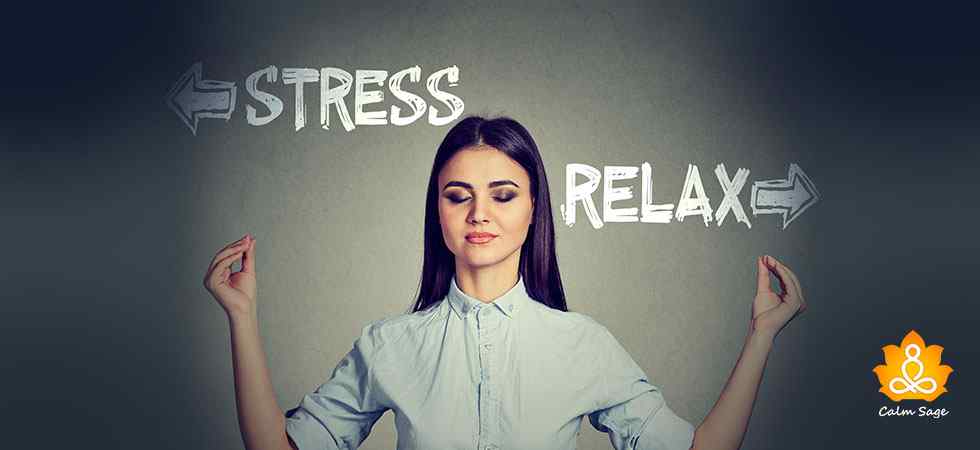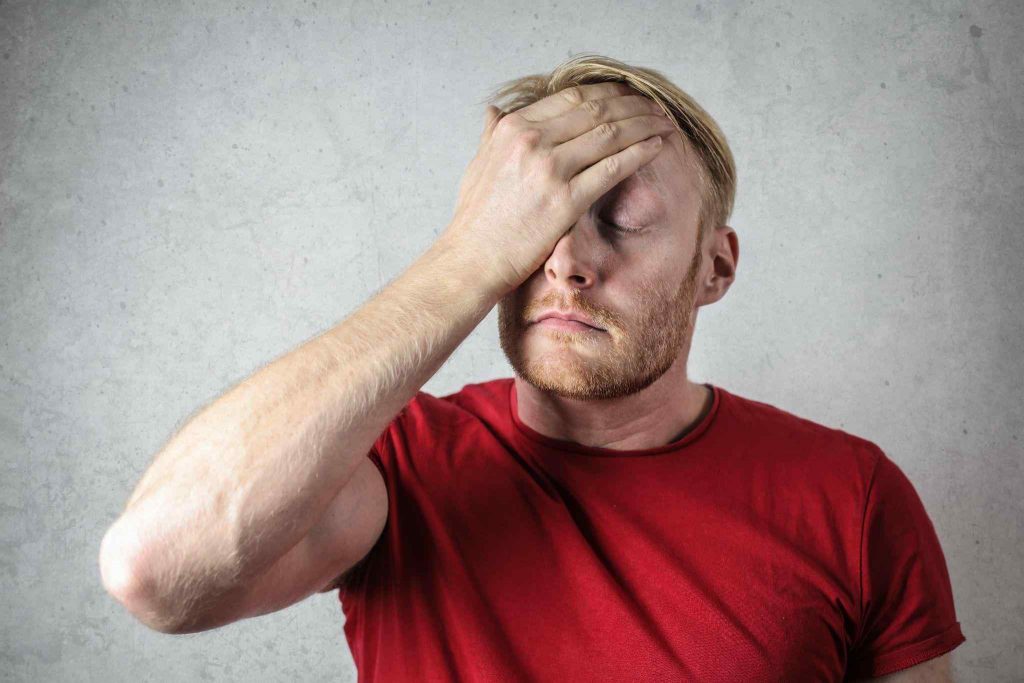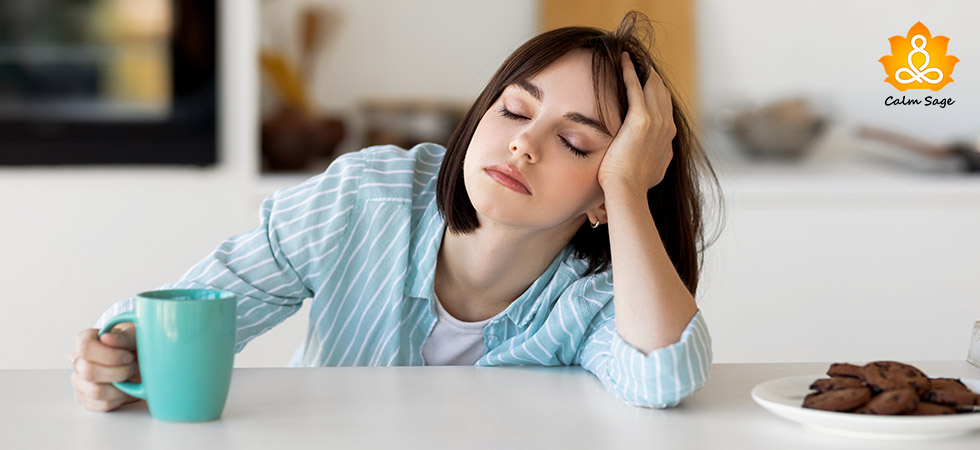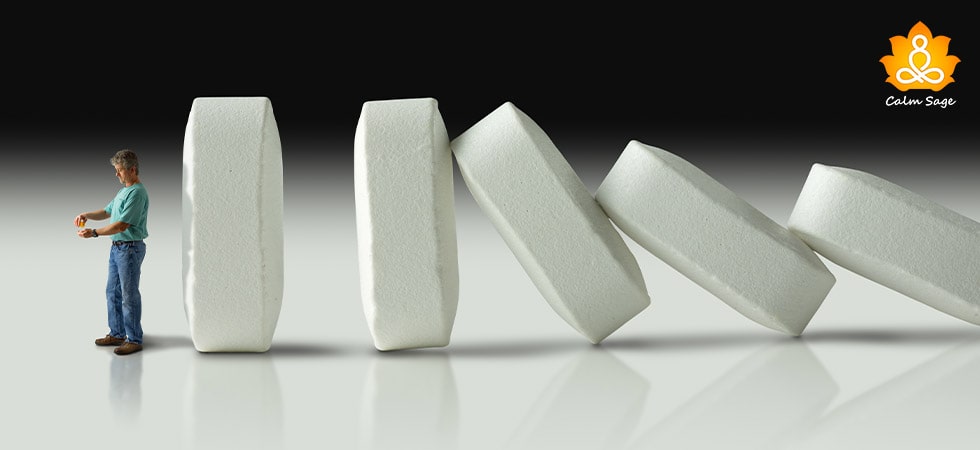How To Complete The Stress Response Cycle and Be More Relaxed

In today’s hectic world, stress has become a commonplace word. The impact of stress is clear from the fact that it has made it to the first position in the list of reasons for burnout.
The stress response cycle is a natural reaction of the body to an imminent threat. It can be triggered by anything that poses a danger to your body – be it an angry dog or an approaching vehicle speeding towards you. Once triggered, your body activates 5 different stages of stress response – the alarm phase, the resistance phase, the exhaustion phase, the recovery phase, and the restoration phase.
Each of these stages of the stress response has its benefits, but they also have some downsides when they are not balanced properly.
Below, we’ll explore the stress cycle stages, the symptoms in each stage of the stress response, and how you can complete the stress response cycle to completely relax.
The Stages Of Stress Response Cycle

-
The Alarm Stage
In this stage of the stress cycle, our body releases adrenaline, a hormone that triggers the fight-or-flight response. This response has been proven to be useful in extreme cases. The Alarm stage is also triggered when you have to make an important presentation at a meeting. You’re nervous, but you’re also more alert than usual.
However, constant stress can have the opposite effect. The constant release of cortisol and adrenaline can cause long-term health issues, such as depression, insomnia, weight gain, and increased risk of cardiovascular diseases.
The symptoms that occur in this stage of the stress response include:
- Rapid breathing
- Faster heartbeat
- Heightened senses
- Hyper alertness
2. The Resistance Stage
The resistance stage is the probably longest stage of the stress response cycle. It lasts from 2 to 10 hours, depending on the stress you are exposed to. This is the time when your body starts recovering from the impacts of the alarm stage.
During this period, you might feel a bit tired and frustrated. The impacts of the resistance stage can be relieved by getting enough sleep and eating well. During the resistance stage of the stress response cycle, it is advised that you take a break, walk around, engage in mindfulness, or do something that you find relaxing.
The symptoms of the resistance stage may include:
- Poor focus
- Irritability
- Frustration
3.The Exhaustion Stage
This stage of the stress response cycle occurs when you don’t take breaks during the resistance stage. During the exhaustion stage of the stress cycle, your body releases more cortisol.
Excessive cortisol can break down and can cause weight gain, as well as a variety of serious health issues. The exhaustion stage is the most harmful stage of the stress response cycle. If you don’t manage stress well between the previous and this stage, the cortisol released in this stage can have long-term health impacts, including weight gain, muscle breakdown, and an increased risk of heart disease.
If you can’t control your stress response during this stage, then it could lead to further health issues such as:
- Stomach ulcers
- Sleep disorders
- Psychiatric disorders
- Depression
- Anxiety
- Chronic Fatigue
- Burnout
4. The Recovery Stage
The recovery stage of the stress cycle occurs when you get some rest. When you rest, your body restores its energy levels and repairs any damage caused by cortisol and adrenaline.
During this stage, you get a chance to relax your mind from the stressful thoughts and you get to restore your body from the damage. During the recovery stage of the stress response cycle, your body repairs itself and prepares for the next day. You can also improve your recovery stage by exercising during this time. Exercising can help you reduce the amount of cortisol released and deal with the adrenaline caused by stress.
How To Complete The Stress Response Cycle?

1. Physical Exercise
When your flight-or-fight response is activated, your energy levels rise to help you survive the threat and keep you safe. You can copy this response with physical exercise. Engaging in at least 30 minutes of exercise every day is recommended for better physical and mental health.
You can try:
- Jogging
- Playing your favorite sport
- Dancing
- Swimming
- Yoga
- Lifting weights
- Aerobics, etc.
2. Creative Expression
Engaging in something creative can also help you recover from a stressful situation. You can try drawing, doodling, writing, knitting, gardening, or even cooking to release stress and help your body recover its energy levels. The idea is to engage in creative expression to relax. Plus, try to do something you genuinely enjoy. It’ll double the benefits!
3. Emotional Expression
While creative expression can help in its way, emotional expression works wonders too. For example, laughter is a good (and fun!) way to release bottled-up emotions. You can try laughter yoga or watch a comedy show. Even crying is considered a good emotional release. You can cry to release pent-up stress. If you wish to cry, then do. Suppressing the urge to cry can hinder your recovery stage.
Physical Comfort
Did you know that a big hug from a loved one or a pet can also help you feel better? Well, physical comfort and affection have been found to mimic the safety or recovery stage of the stress response cycle. If you want to reset your physical and mental health, it’s a good option to seek physical comfort as these actions release oxytocin that can help reduce stress and make you feel relaxed.
You can also seek self-affection by:
- Self-massaging
- Moving your hand in a soothing motion on your chest
- Self-hugging
5. Deep Breathing Exercises
To complete the stress response cycle, you can also engage in deep breathing exercises. Some of the most common (and effective) deep breathing exercises that can bring down stress and relax you can include:
- Square breathing exercise: Inhale for 4 seconds, hold your breath for 4 seconds, exhale for 4 seconds, hold your breath for 4 seconds, and repeat.
- 4-7-8 breathing exercises: Inhale for 4 seconds, hold your breath for 7 seconds, exhale for 8 seconds, and repeat.
Other exercises such as Tai Chi, Qi Gong meditation, and yoga when combined with deep breathing can have similar benefits.
6. Just Rest
The best way to complete the stress response cycle is to rest. Get a good night’s rest to recover from the stress your body went through. It is recommended that you get at least 7-9 hours of sleep to recover your lost energy and repair the damage left behind by stress.
In Conclusion…
Stress happens to everyone, but it is important to know how to manage it. If you feel like you are constantly stressed out, it is time to take a step back from your daily routine and make some time for yourself.
Stress is often a by-product of not having time for yourself and overloading yourself with more than what you can handle. Make sure you dedicate self-care time for yourself and your loved ones. Stress can be good but in moderate amounts. If you’re constantly stressed out, then it is recommended that you practice effective stress management techniques or reach out to a professional for help.
I hope the above steps will help you complete your stress response cycle and completely relax. For more, you can drop us an email at info@calmsage.com or DM us on social media. You can also share your tips and tricks with us in the comments below.
Take Care!




















